
Prompt Guidelines
Here are a few simple tricks to get cleaner images
The phrase you use to instruct our artificial intelligence system to generate an image is known as a "prompt."
The quality of a prompt can have a significant impact on the image generated—it can either produce high-quality results or lead to less-than-ideal outputs. In this article, we will guide you through the art of crafting effective prompts. We'll delve into several key guidelines that you'll find useful to keep in mind—most of the time, at least.
Here is a summary of the rules, followed by their detailed explanations:
Use Model Tags (@) for specific results
Unlike many AI systems, which do have a broad understanding of objects and people, LetzAI operates on a more personalized level. For instance, while typical AI systems may generate a general image of a golden statue, it won't be able to replicate Luxembourg's iconic "Gëllefra" statue. Similarly, it can produce an image of a human, but not one that specifically resembles you.
This is where LetzAI stands apart. One of our core features allows you to "train" your own AI model. This means that you can educate our system about the unique characteristics of specific objects, people, or scenes. This process broadens the system's understanding and capabilities for everybody.
So by training an AI Model, you’re telling our system how certain things look like. Once you’ve trained an AI Model, you can then use that model in your prompt by typing the “@” character. We call this tagging and it works just like on other social media platforms. Here you can also use the models that other users have marked as “public”.
When you type the @ character, you will see a dropdown list pop up. This list contains the existing AI Models that are available to you.
Important: You cannot tag a model that doesn’t exist in this list. So if you try to tag something using @, but nothing appears in the list, then this tag will have no effect.
✅ @gellefra
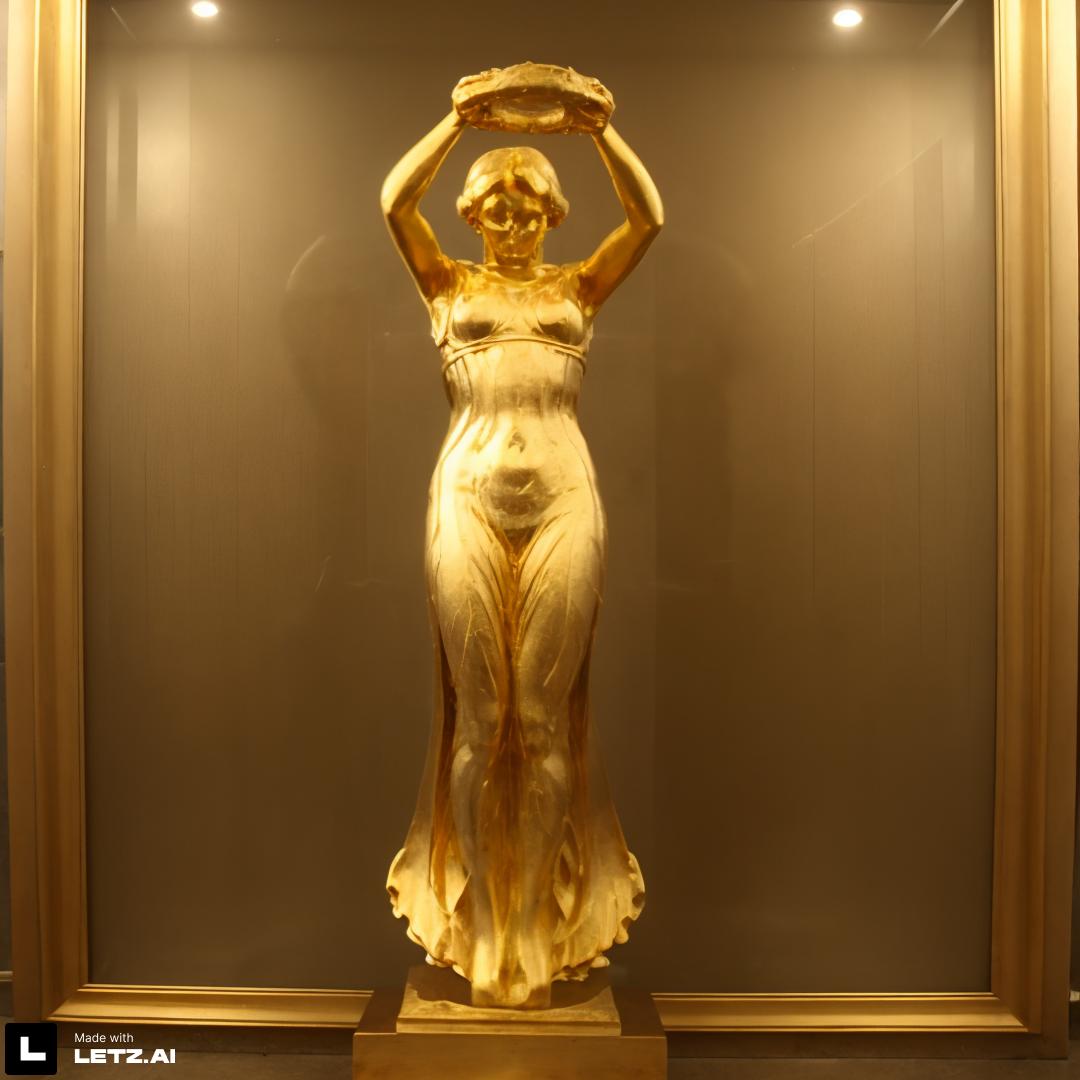
❌ Gëllefra or @gëllenfraa
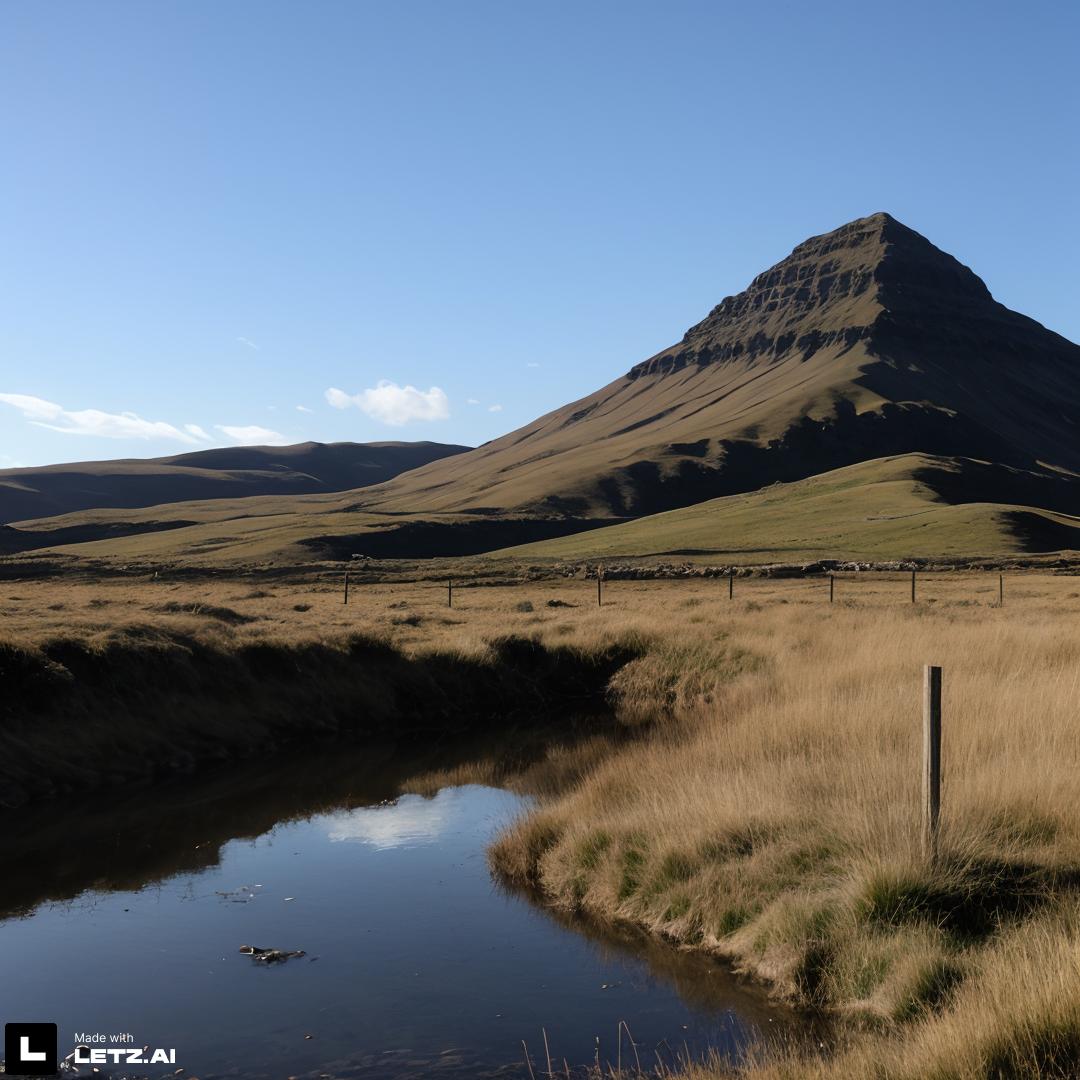
Use plain, simple English
For now, our AI only understands English, and only very little Luxembourgish and other Languages. That’s why we recommend you to describe what you want to see in English. The simpler the language, the better. Don’t go for very extravagant words or instructions.
✅ Prompt: a man sitting in a bar
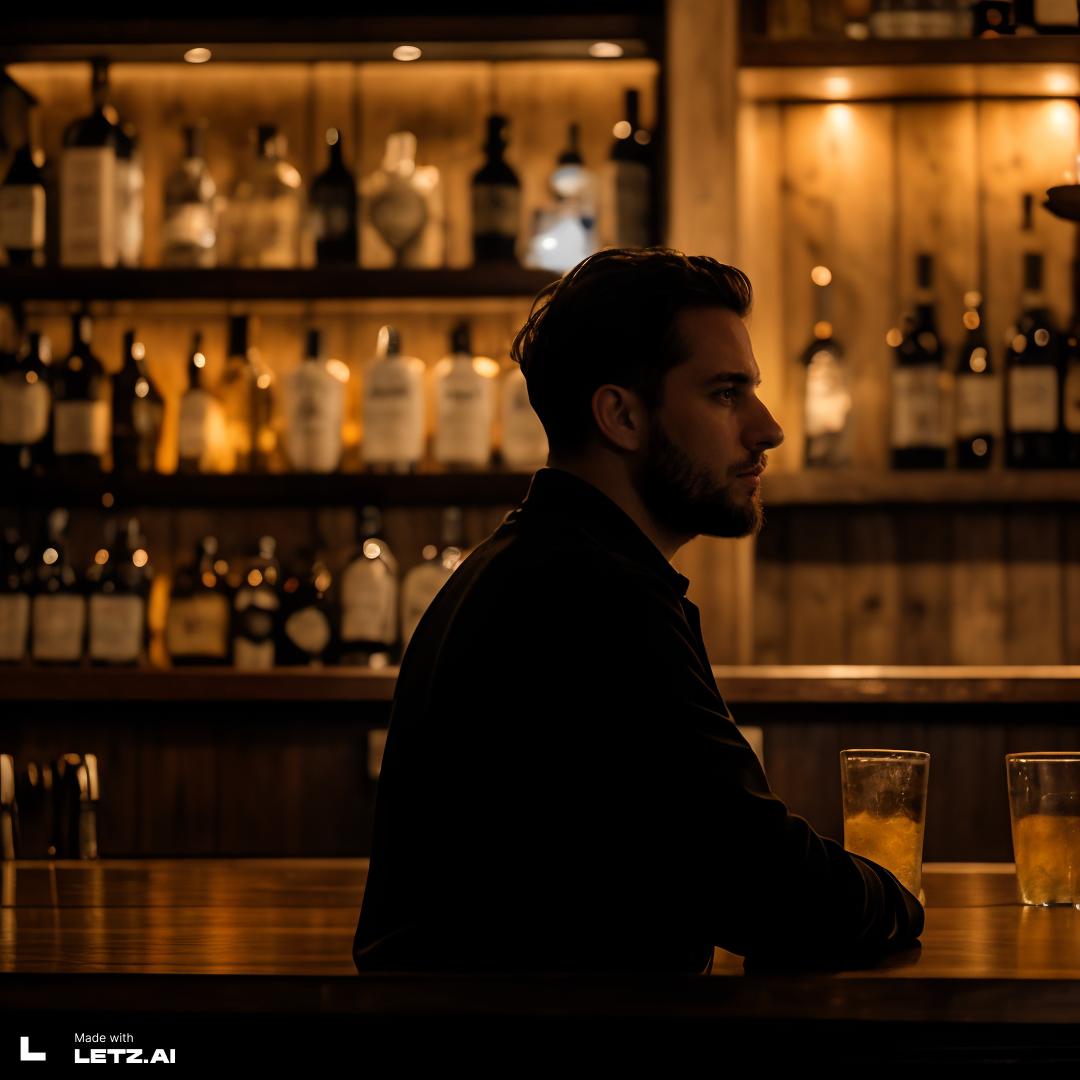
❌ Prompt: e Mann deen an engem Café sëtzt
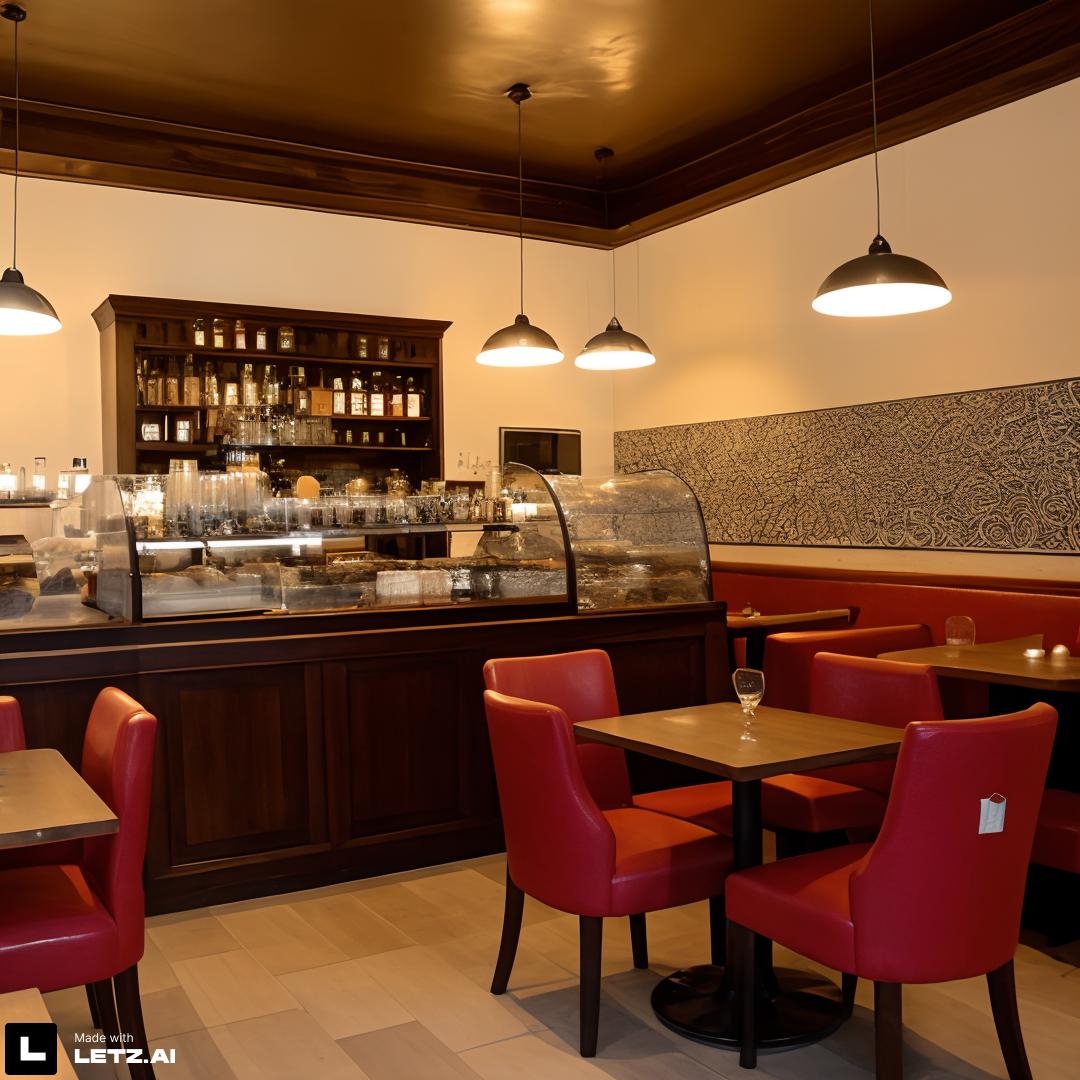
Simple situations get better results
You usually get better results if you are trying to depict a simple situation in your image.
So “@mydog in front of a tree” will usually get cleaner results than “@mydog jumping and barking around a tree, chasing a squirrel that is sitting on a branch and looking down”.
Keep it simple (at least for now, we are working hard to make more detailed instructions possible).
✅ @mydog dog in front of a tree
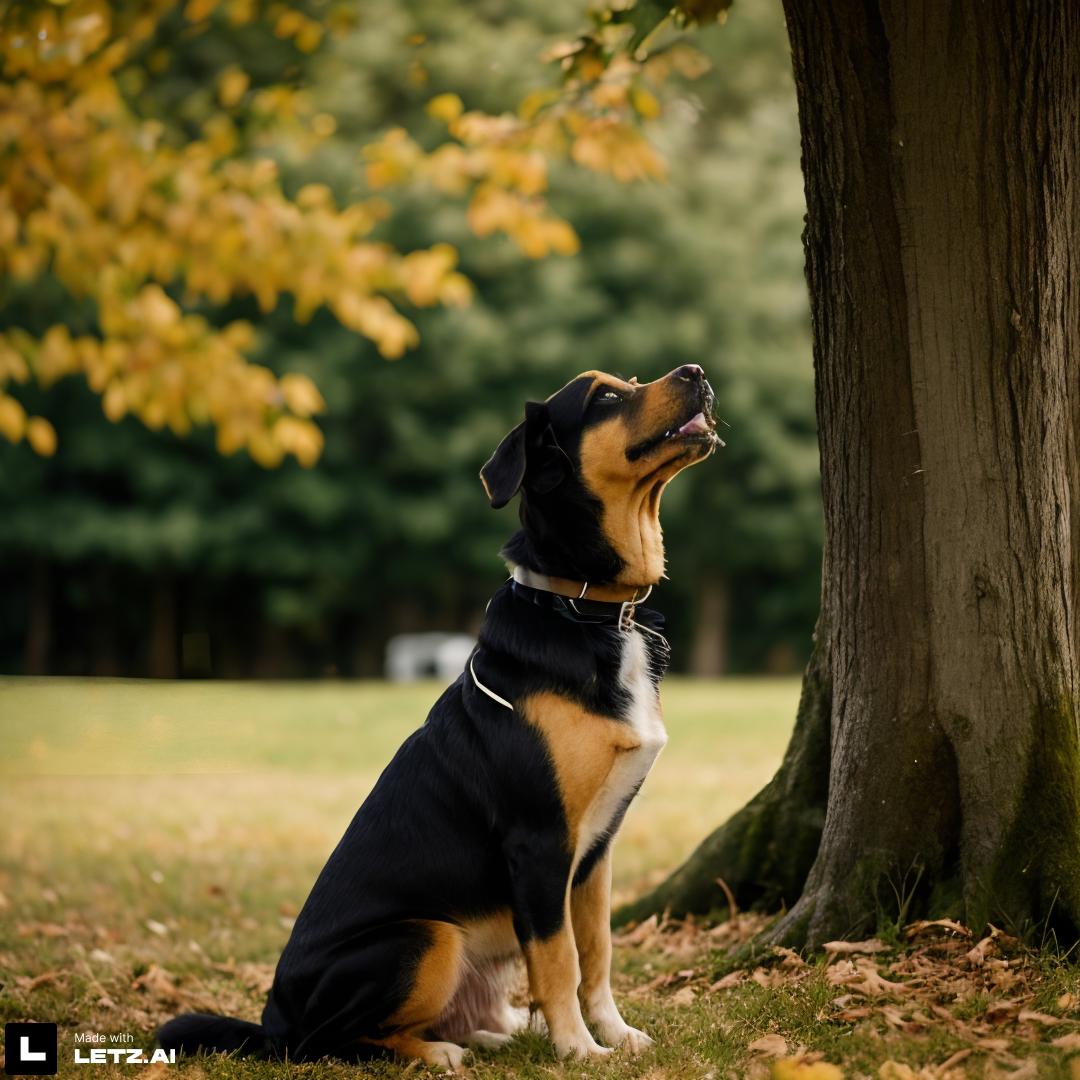
❌ @mydog jumping and barking around a tree, chasing a squirrel that is sitting on a branch and looking down
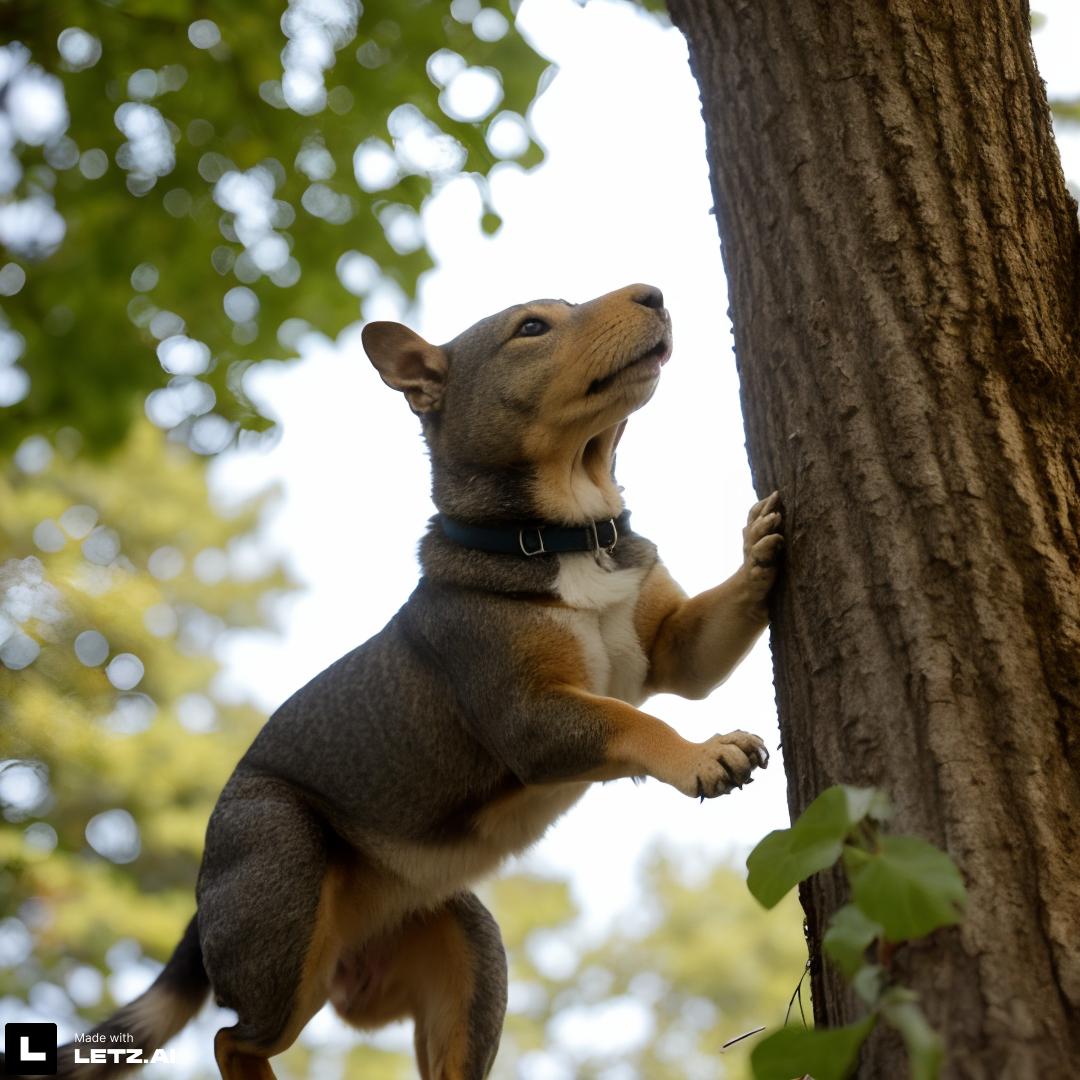
Incorporate visual elements, but don’t overdo it
When you describe how the image should look like, you can go into more detail. Tell the AI what color your clothes should have, if you want bright or dark lightning, or if it should be summer or winter for example. Visual details help to give the generated images the look you want to see.
However, do not overload your prompts. 1-2 visual details are usually enough to get a cool image. Also do not mix too many color instructions, as the AI might mix them up.
The maximum length of a prompt is currently limited to 150 characters.
✅ green sportscar, red sky as background
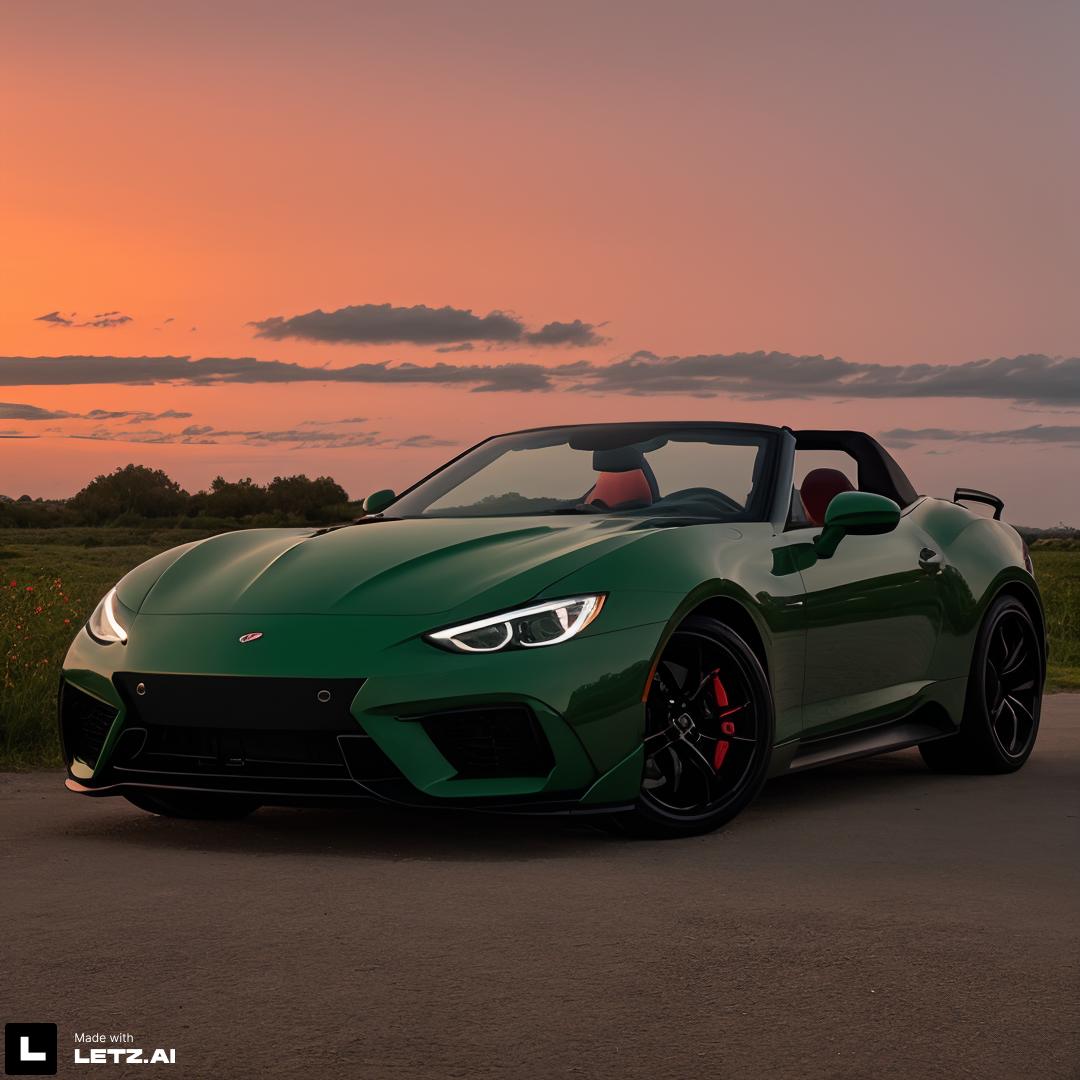
❌ green sportscar with white stripes and yellow stars, red sky in the background, in downtown new york

Limit Model Combinations
Currently, most prompts with more than 2 tagged AI Models will not generate perfect images. Faces might be mixed up and other details might not look clean.
Tagging 2 models works most of the time. If faces got messed up, just try regenerating a few more times. This allows you for example to generate and image of you and your partner.
✅ @myself and @mypartner

❌ @myself, @mypartner and @mydog at @belschplage
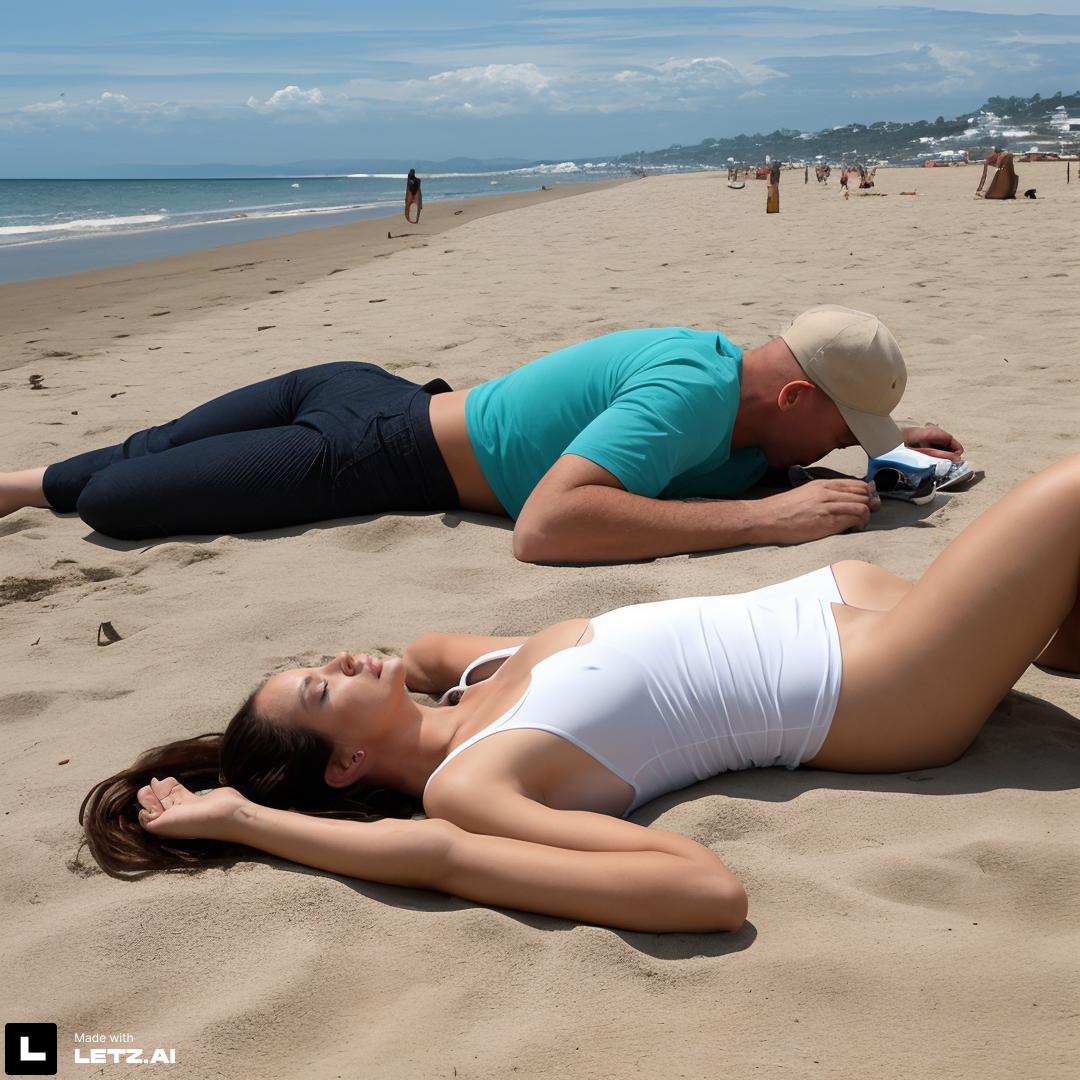
Experiment
All of the above guidelines are … guidelines. They should not keep you from experimenting and trying new things. LetzAI is a creative machine and you should use it as such. If something ends up weird or unexpected, it’s no problem! Simply tweak your prompt and try again.
Also note that the results for the same prompt can also vary, so don’t give up after a first image generation.
This also counts for creating your own models. If something doesn’t come out the way you want, try to create a model and train the AI yourself. To learn which images you should use to create your own models, check out this guide.
If you have any more questions regarding the best images, feel free to contact us at
contact@letz.ai

